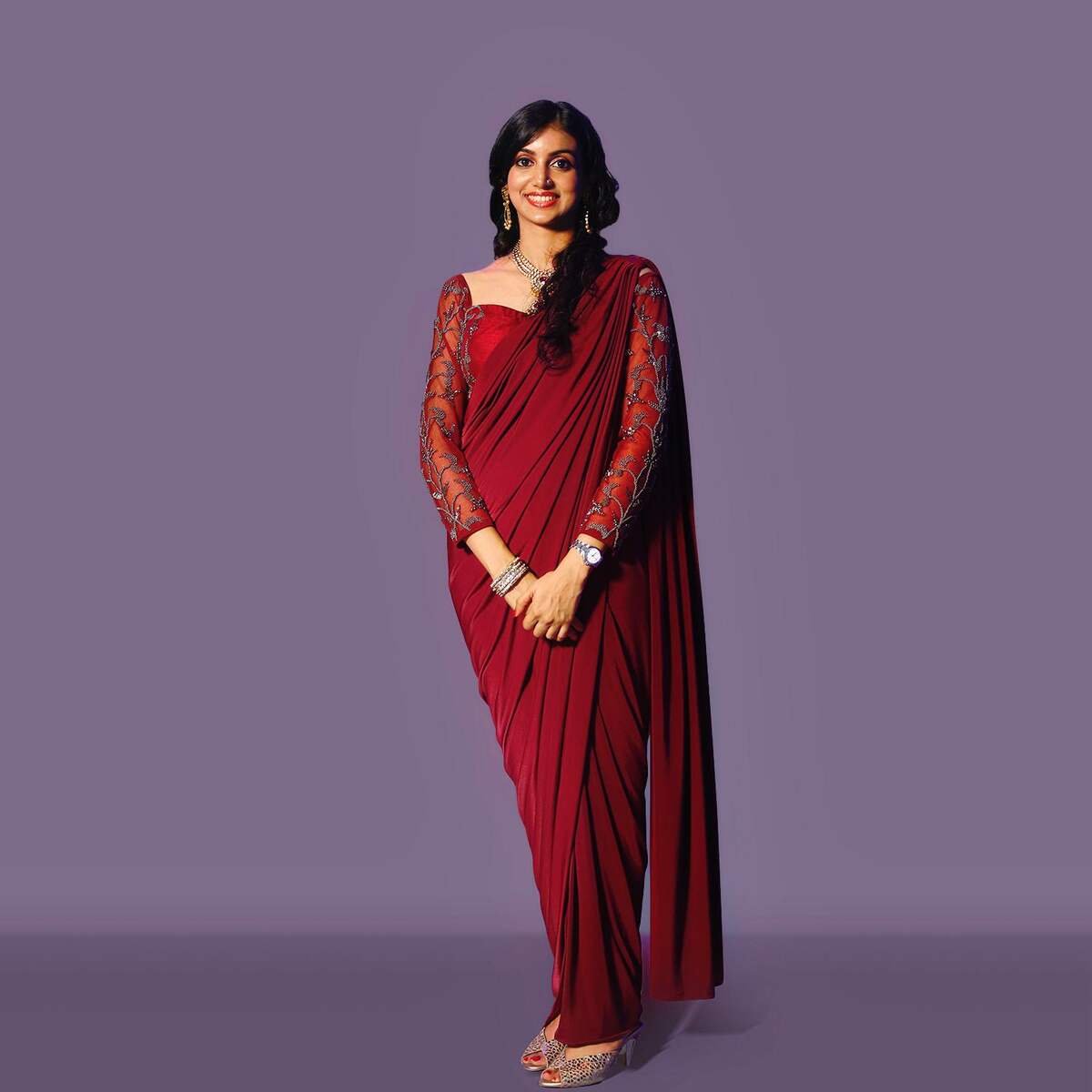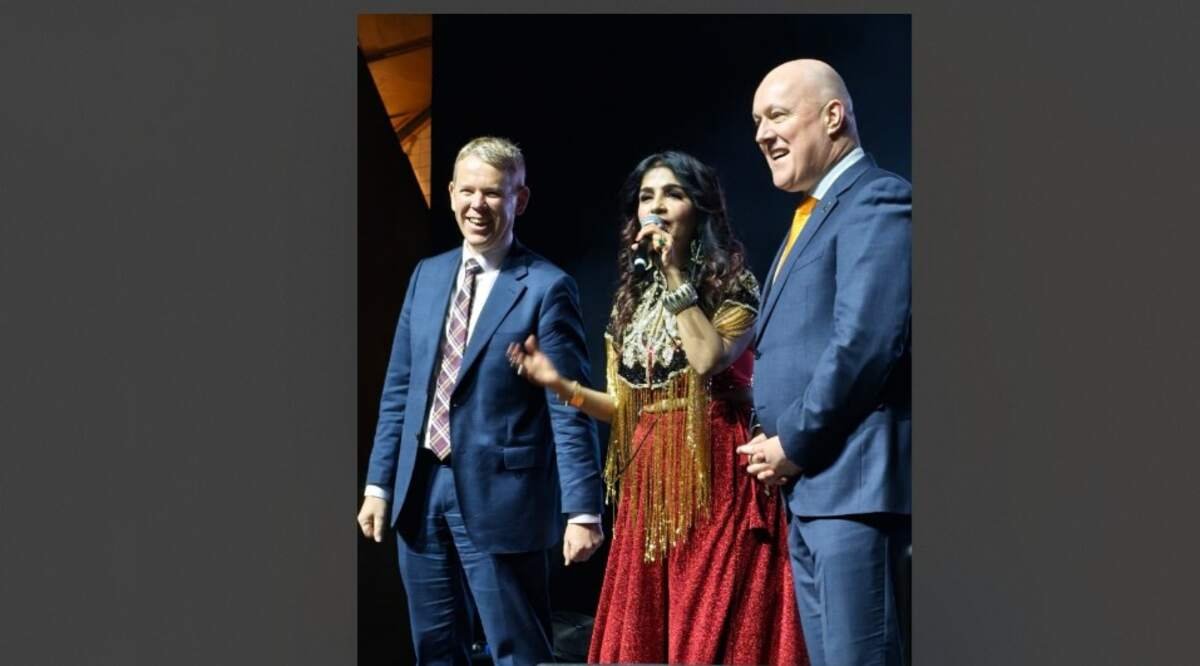- What motivated you to leave a corporate career and launch DishiS Designer Jewellery, and how has that motivation evolved by 2025?
Answer: My career in finance was comfortable, but it didn’t provide me with the creative outlet I wanted. Growing up in Gwalior, I was surrounded by craftspeople creating jewelry designs for my mother, thus I was always drawn to the realm of design. In 2015, I started DishiS with just ₹5,000 out of pure enthusiasm. By 2025, that drive has evolved: although creativity is still at its foundation, my goal is to create a brand that is approachable, globally relevant, and grounded in craft while embracing innovation.
2. Your previous interviews emphasise the blend of tradition and modernity in your jewellery. How do you interpret this blend in 2025?
Answer: At DishiS, we think that traditional craftsmanship and cultural aesthetics don’t have to conflict with modern design. In the beginning, I turned my attention to wearable, lightweight designs that younger ladies and professionals might use. By 2025, this combination will allow us to continue honoring Indian patterns, artisanal methods, and heritage stones while creating designs that cater to everyday wear, global fashion sensibilities, and digital-first shopping habits. Thus, the “modern” is in wearability, affordability, and thinking, while the “traditional” is in the story and detailing.
3. How has your business model of customisation and online-first approach evolved over time?
Answer: At DishiS, we’ve always allowed consumers to bring ideas or sketches and modify works. In order to minimize expenditure, we were built-to-order, largely online, and had very little inventory. By 2025, we will have added more digital tools, such as virtual try-ons, style tests, and integrated personalization routines. To supplement the digital-only approach, we are also investigating specific offline touchpoints, such as pop-ups and in-person meetings. The model is still enhanced by the internet, but it is now more tech-enabled and hybrid.
4. Which consumer behaviour trends do you observe now, and how are you adapting DishiS to them?
Answer: Young, urban consumers are choosing jewelry that is wearing, expressive, lightweight, and customizable over “just for occasions.” They anticipate that the brand will represent their identity, digital convenience, and societal values (such as sustainability and ethical sourcing). As a result, we have expanded our design language to incorporate more semi-fine and modern collections, accelerated the release of new products, added “micro-customization” elements (such as the ability to choose the color of the stone, the metal polish, or engraving), and placed a greater emphasis on digital channel storytelling. Additionally, we are moving toward the “gift-yourself for no occasion” mentality, even though festivals and significant events are important.
5. Sustainability, ethical sourcing, and inclusivity are important in jewellery today. How is DishiS addressing these concerns?
Answer: I’ve always believed that fashion shouldn’t be expensive or exclusive. We’re formalizing promises for 2025, which include utilizing certified gemstones, sourcing ethically, avoiding wasteful packaging, and encouraging lighter jewelry (less metal weight), which naturally utilizes fewer resources. Additionally, we are introducing age-inclusive and size-inclusive design principles, creating jewelry that appeals to men, women of all ages, professionals, and younger women. Our marketing highlights that everyone, not just wealthy consumers, can purchase designer jewelry.
6. What global aspirations does Dishi Somani hold for DishiS, and what are the key milestones for 2025?
Answer: In my ideal world, DishiS Designer Jewellery would spread beyond India and be accepted in every nation and city. Our goals for 2025 include creating omni-channel “phygital” experiences, establishing strategic alliances or pop-ups overseas, and introducing region-specific collections (such as those for the Middle East, the US, and Australia) with localized formats. By year’s end, we also want to scale the brand so that 30–40% of income originates from export markets, build our own mobile app, and enable multilingual client touchpoints.
7. How has technology (CAD, AR/VR, social commerce) influenced your design and customer experience processes?
Answer: Technology has changed everything. We switched from hand drawings to computer-aided design (CAD) modeling, which enables more accurate customization and quicker design revisions. In order to allow customers to see how items would appear on them before placing an order, we are now using AR and VR for virtual try-ons. Our design stories, behind-the-scenes films, and influencer partnerships swiftly turn awareness into sales thanks to social commerce (shoppable Instagram/Facebook). We track trends, optimize collections, and maintain pricing accessibility in the backend using data analytics and AI-driven insights.
8. What advice would you give aspiring women entrepreneurs in the jewellery or design sector in 2025?
Answer: First, have faith in your creative intuition while keeping it grounded in professionalism. I had to express myself, therefore I quit a lucrative career to accomplish this. Second, begin lean: employ build-to-order or digital-first strategies to reduce investment and control risk. Third, stand out: identify your specialization in terms of design language, personalization, values, or service. Fourth, embrace digital: jewelry retail will continue to change due to e-commerce, social media, and tech tools. Lastly, be resilient: growth will come if you remain customer-focused and value-driven despite obstacles.
From Rs 5,000 to Global Aspirations: How Dishi Somani Is Democratizing Designer Jewellery





